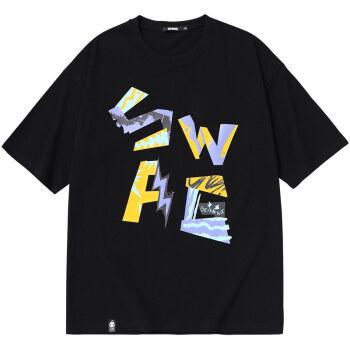As a kind of advanced customization service, privately customized clothes focus on personalization and exclusivity, and are becoming more and more popular in the clothing industry. The following is a detailed introduction to the production process of privately customized clothes, focusing on the steps of making privately customized clothes.
1. Demand communication: First of all, the production process of privately customized clothes starts with communicating with the customer’s needs. Designers communicate face-to-face with customers to understand their body shapes, style preferences, uses and special needs. Communication at this stage is very important, as it can help designers accurately grasp customer expectations and lay the foundation for the subsequent production process.
2. Tailor-made: On the basis of understanding the customer’s needs, the designer will make precise measurements for the customer. By measuring the customer’s various dimensions and combining the customer’s body shape characteristics, the designer can create clothing for the customer that is more in line with individual differences and body shape characteristics. This step requires a high degree of expertise and experience to ensure accuracy and comfort.
3. Design plan: The designer begins to formulate a clothing design plan based on the customer’s needs and tailoring data. They will combine their own creativity and fashion trends to provide customers with multiple design options to choose from. Design plans usually include clothing style, fabric selection, detail processing, decoration, etc. At this stage, the designer will fully communicate and negotiate with the client until the final design plan is determined.
4. Fabric procurement and pattern making: Once the design plan is determined, the next step is to purchase fabrics and pattern making. Designers will select appropriate fabric materials based on the characteristics and quantity of fabrics required for the design plan, and find cooperative suppliers for fabric procurement. At the same time, the pattern maker will produce corresponding paper patterns according to the design plan to prepare for the subsequent cutting and sewing process.
5. Cutting and sewing: After the pattern making is completed, the fabric will enter the cutting and sewing stage. The cutter cuts the fabric according to the paper pattern and ensures that the size and shape of each part is accurate. Then, the sewing workers begin to sew the garments based on the cut fabrics. They will perform various stitching, buttoning, zipper and other processes according to different process requirements, while paying attention to the fine processing of every detail.
6. Fitting and modification: Once the clothes are sewn, the customer will try them on and communicate with the designer for feedback. This step is to check that the fit and detailing of the garment meet expectations. If modifications are needed, the designer will make corresponding adjustments based on customer feedback to ensure the comfort and perfection of the garment.
7. Fine processing and quality inspection: After modification and improvement, the clothes will undergo final fine processing and quality inspection. Workers will perform the most meticulous ironing, thread cutting, cleaning and other processes on the clothes to ensure that the appearance, texture and details of the clothes are flawless. At the same time, quality inspection personnel will also conduct comprehensive inspections of finished products to ensure that the quality is qualified and meets customer expectations.
8. Delivery and after-sales: The last step is to deliver the customized clothes to the customer. The designer or salesperson will confirm the delivery method and time with the customer and provide after-sales service to the customer. During the after-sales process, if the customer has any problems with the clothes or needs further adjustments, the designer will solve them in time.
The entire production process of customized clothes includes demand communication, customization, design plan, fabric procurement and pattern making, cutting and sewing, fitting and modification , fine processing and quality inspection, as well as delivery and after-sales and other links. Each link requires professional technology and experience to ensure that the final garment can perfectly represent the customer’s personality and needs.






